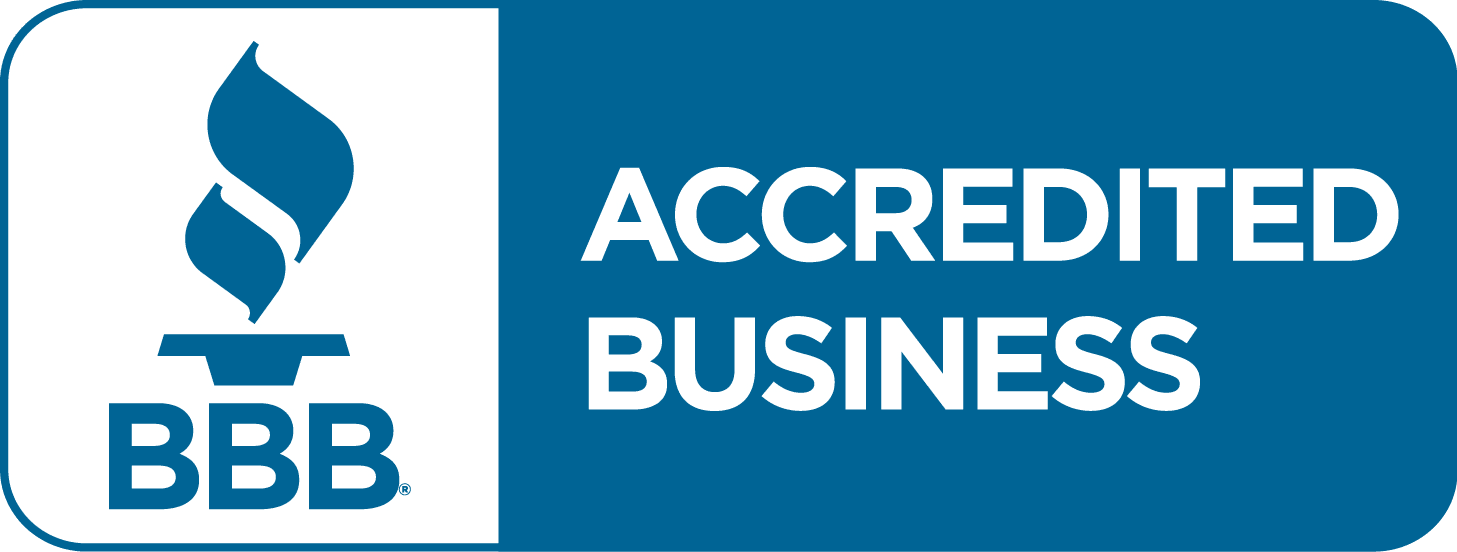Change to the OPT Visa and What an LA Student Visa Lawyer Thinks New Applicants Need to Know
The F-1 visa is the most common visa for foreign undergraduate, graduate, and Ph.D. students to study and take courses in the United States. Admittedly, the number of F-1 visa applicants and approved students has dropped consistently in recent years, with 2017 one of the lowest years for applicants since 2000. Yet, this remains an incredibly popular educational opportunity for students around the world. In 2017 there were over 393,000 applications processed and approved for foreign students.
Why Do F-1 Visa Holders Need an OPT Visa?
An LA student visa lawyer can assist foreign students wanting to study anywhere in California. However, students choosing this route to foreign study commonly encounter a major problem. The F-1 visa has strict requirements around working, internships, and practical experiences. This can limit the depth of knowledge an F-1 student gains and also hinders financial advancement.
The solution to this working problem is simultaneously holding an OPT visa; a process that can be facilitated by the same LA student visa lawyer. The OPT visa officially titled the Optional Practical Training visa, allows an F-1 student to accept employment, with a private or public entity, in his or her major area of study. A Chinese student working towards masters in mechanical engineering can work at an LA engineering firm. Alternatively, a Korean student studying computer programming can work at a digital agency as a front-end developer.
What are the Types of OPT Visas?

There are actually two types of OPT visa, and as with other student and working visas, it is important for an LA student visa lawyer to help an overseas student apply for the right one.
The pre-completion OPT is a visa for students that want to work before completing their program or study in the United States. The pre-completion OPT can be used to get a summer job or work during a school semester. However, an F-1 student must have completed one full year of study before applying for a pre-completion OPT visa.
The post-completion OPT is designed for students that want to gain work experience after their chosen program or schooling is completed. An F-1 student can work for 12 months under a post-completion OPT visa, except any time spent working under a pre-completion visa is deducted from this timeframe. For example, if a student worked for six months on a pre-completion OPT visa, then the same student can only work for six more months in California after graduation.
At Greco Neyland Attorneys at Law, our student visa lawyers can help foreign students interested in either a pre-completion or post-completion OPT. An LA student visa lawyer can also discuss the best way to manage the 12-month limit on working under these visas.
What Is a STEM OPT Visa?
The STEM OPT was created to allow opportunities for international students studying in a STEM field. STEM, of course, is the acronym used to denote degrees in science, technology, engineering, and math. Any individual majoring in a STEM field, as designated on the approved list of degrees and fields of study can specifically apply for a STEM OPT visa. These visas can be a pre-completion or post-completion OPT visa, but uniquely can be extended for more than 12 months.
The STEM OPT has been widely used by engineers, data scientists, chemists, and many other international STEM students to advance their level of knowledge. It was such a popular route to filling key jobs in the STEM fields that it became routine for recruiters and staffing agencies to help place STEM OPT students.
Another common practice was for the company hiring these smart and highly educated students to then assign the STEM OPT student to a specific project or job at a client. Given the limited timeframe allowed for the OPT visa, hiring for a specific project made sense. In many instances, there would even be a unique payment relationship between the original employer, third party client, and student.
What Changed for the OPT Visa in 2017?
The government has openly and quietly changed a number of student visa and other immigration policies in the past two years. An LA student visa lawyer is regularly working to keep up with these changes. There is near constant modification to the different visa schemes in the United States, but recent policy debates have led to certain changes to go overlooked and generally unnoticed. A simple change to the STEM OPT visa was one of these changes.

In mid-2017 the regulations about placement and contractual work under the STEM OPT visa were modified. An employer can no longer place STEM OPT employees at third-party locations. This means a STEM OPT visa holder can’t work onsite at a client’s location, do most field work, or work with a staffing and recruiting company unless the employer ultimately provides the visa and paycheck.
It took several months for experts in the field of F-1 visas and OPT placement to notice the change, and it is likely that many employers still haven’t caught up. While the change will have the most immediate impact on employers, there will undoubtedly be repercussions for STEM OPT students in the upcoming years. First, it could be harder to find employment or be approved for this student visa scheme. Second, the sophistication of work given to a STEM OPT student could change or lessen without the option to work at a third party location.
Whether you are an employer of STEM student, speaking with an LA student visa lawyer about these changes could help. A conversation with the team at Greco Neyland Attorneys at Law will help clarify this small, but impactful change to a popular student visa route and help you find options for your own visa. Contact us to schedule a call at 213-295-3500.
Change to the OPT Visa and What an LA Student Visa Lawyer Thinks New Applicants Need to Know
The F-1 visa is the most common visa for foreign undergraduate, graduate, and Ph.D. students to study and take courses in the United States. Admittedly, the number of F-1 visa applicants and approved students has dropped consistently in recent years, with 2017 one of the lowest years for applicants since 2000. Yet, this remains an incredibly popular educational opportunity for students around the world. In 2017 there were over 393,000 applications processed and approved for foreign students.
Why Do F-1 Visa Holders Need an OPT Visa?
An LA student visa lawyer can assist foreign students wanting to study anywhere in California. However, students choosing this route to foreign study commonly encounter a major problem. The F-1 visa has strict requirements around working, internships, and practical experiences. This can limit the depth of knowledge an F-1 student gains and also hinders financial advancement.
The solution to this working problem is simultaneously holding an OPT visa; a process that can be facilitated by the same LA student visa lawyer. The OPT visa officially titled the Optional Practical Training visa, allows an F-1 student to accept employment, with a private or public entity, in his or her major area of study. A Chinese student working towards masters in mechanical engineering can work at an LA engineering firm. Alternatively, a Korean student studying computer programming can work at a digital agency as a front-end developer.
What are the Types of OPT Visas?

There are actually two types of OPT visa, and as with other student and working visas, it is important for an LA student visa lawyer to help an overseas student apply for the right one.
The pre-completion OPT is a visa for students that want to work before completing their program or study in the United States. The pre-completion OPT can be used to get a summer job or work during a school semester. However, an F-1 student must have completed one full year of study before applying for a pre-completion OPT visa.
The post-completion OPT is designed for students that want to gain work experience after their chosen program or schooling is completed. An F-1 student can work for 12 months under a post-completion OPT visa, except any time spent working under a pre-completion visa is deducted from this timeframe. For example, if a student worked for six months on a pre-completion OPT visa, then the same student can only work for six more months in California after graduation.
At Greco Neyland Attorneys at Law, our student visa lawyers can help foreign students interested in either a pre-completion or post-completion OPT. An LA student visa lawyer can also discuss the best way to manage the 12-month limit on working under these visas.
What Is a STEM OPT Visa?
The STEM OPT was created to allow opportunities for international students studying in a STEM field. STEM, of course, is the acronym used to denote degrees in science, technology, engineering, and math. Any individual majoring in a STEM field, as designated on the approved list of degrees and fields of study can specifically apply for a STEM OPT visa. These visas can be a pre-completion or post-completion OPT visa, but uniquely can be extended for more than 12 months.
The STEM OPT has been widely used by engineers, data scientists, chemists, and many other international STEM students to advance their level of knowledge. It was such a popular route to filling key jobs in the STEM fields that it became routine for recruiters and staffing agencies to help place STEM OPT students.
Another common practice was for the company hiring these smart and highly educated students to then assign the STEM OPT student to a specific project or job at a client. Given the limited timeframe allowed for the OPT visa, hiring for a specific project made sense. In many instances, there would even be a unique payment relationship between the original employer, third party client, and student.
What Changed for the OPT Visa in 2017?
The government has openly and quietly changed a number of student visa and other immigration policies in the past two years. An LA student visa lawyer is regularly working to keep up with these changes. There is near constant modification to the different visa schemes in the United States, but recent policy debates have led to certain changes to go overlooked and generally unnoticed. A simple change to the STEM OPT visa was one of these changes.

In mid-2017 the regulations about placement and contractual work under the STEM OPT visa were modified. An employer can no longer place STEM OPT employees at third-party locations. This means a STEM OPT visa holder can’t work onsite at a client’s location, do most field work, or work with a staffing and recruiting company unless the employer ultimately provides the visa and paycheck.
It took several months for experts in the field of F-1 visas and OPT placement to notice the change, and it is likely that many employers still haven’t caught up. While the change will have the most immediate impact on employers, there will undoubtedly be repercussions for STEM OPT students in the upcoming years. First, it could be harder to find employment or be approved for this student visa scheme. Second, the sophistication of work given to a STEM OPT student could change or lessen without the option to work at a third party location.
Whether you are an employer of STEM student, speaking with an LA student visa lawyer about these changes could help. A conversation with the team at Greco Neyland Attorneys at Law will help clarify this small, but impactful change to a popular student visa route and help you find options for your own visa. Contact us to schedule a call at 213-295-3500.
free case evaluation
Results That Matter to You




